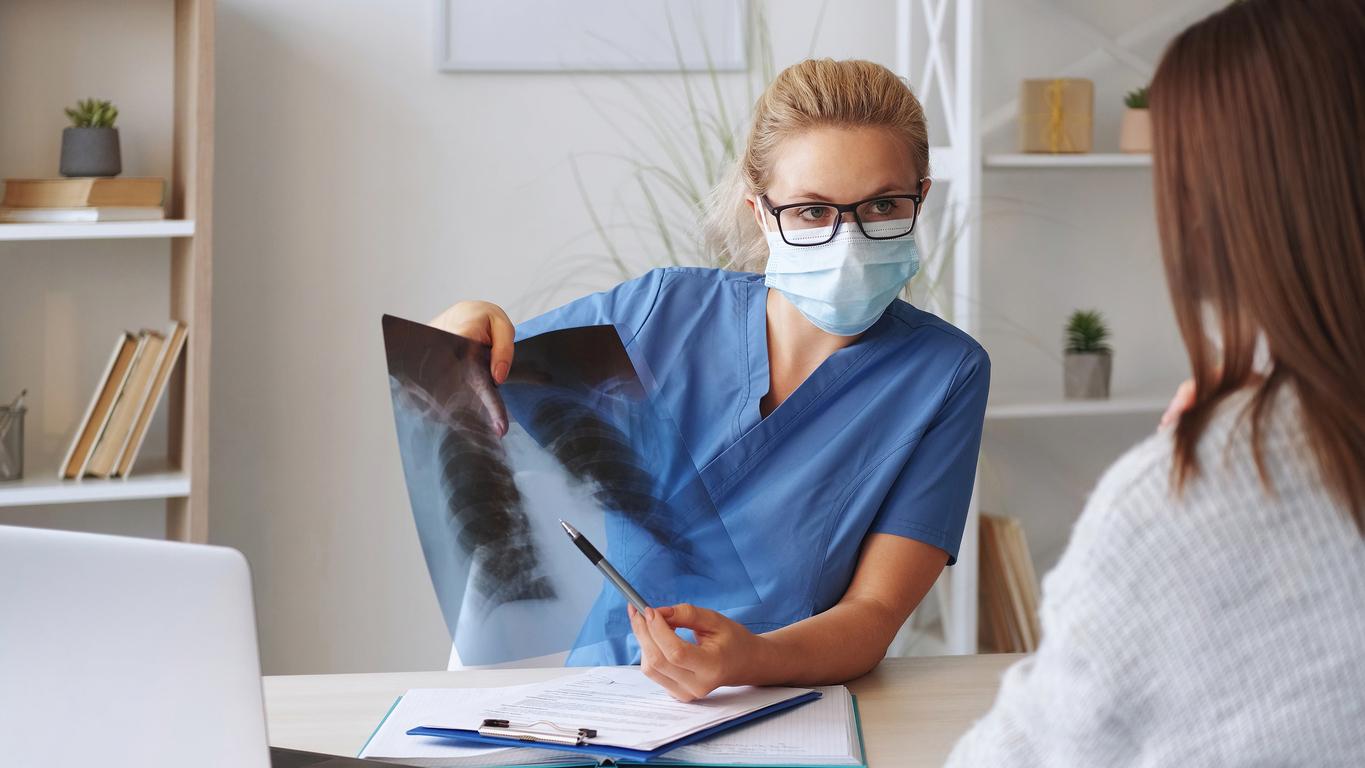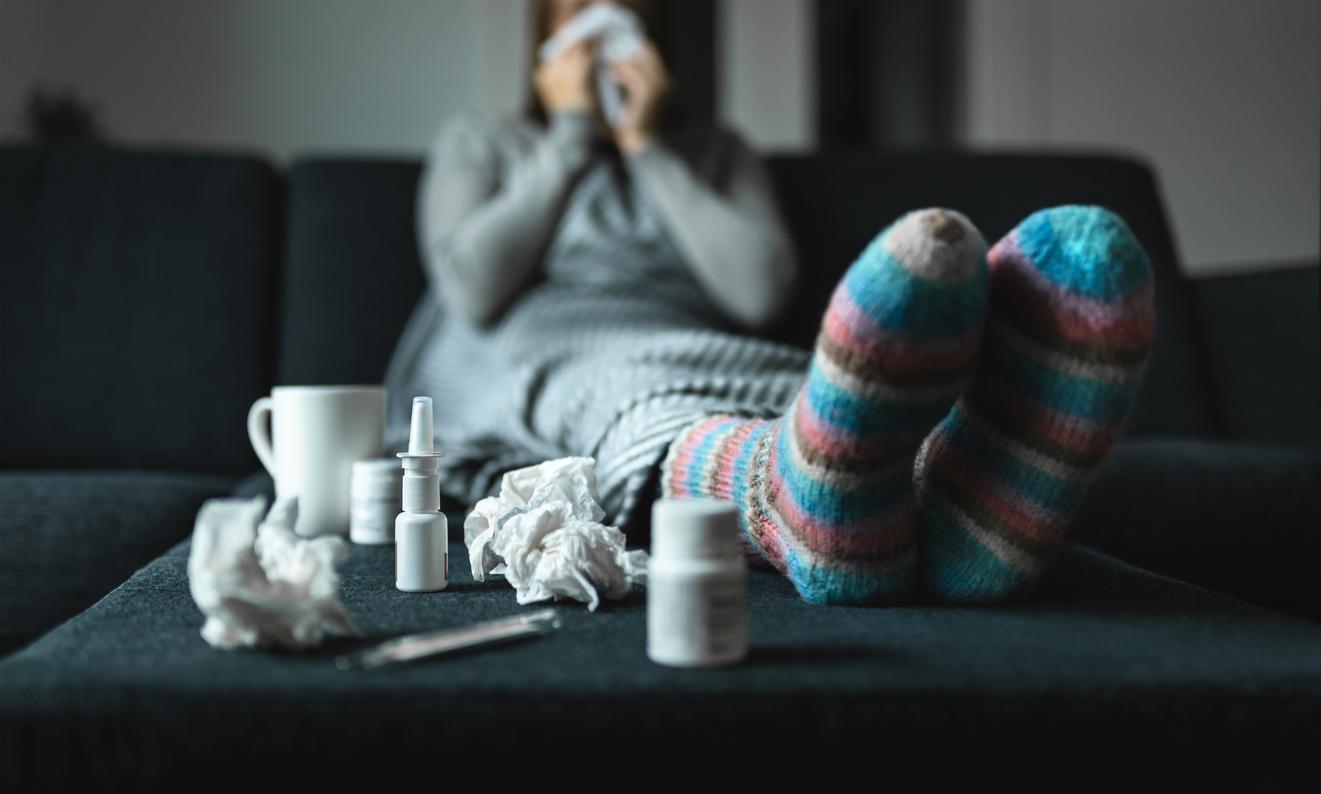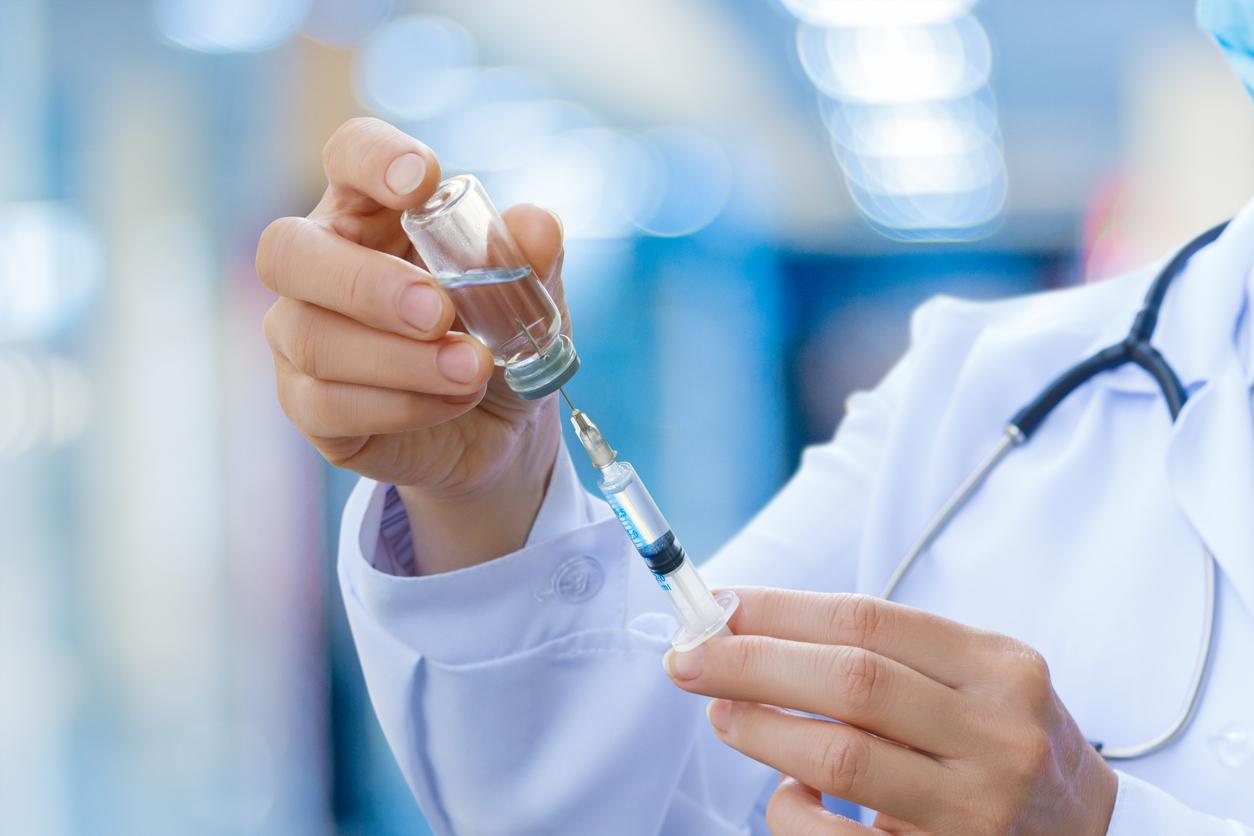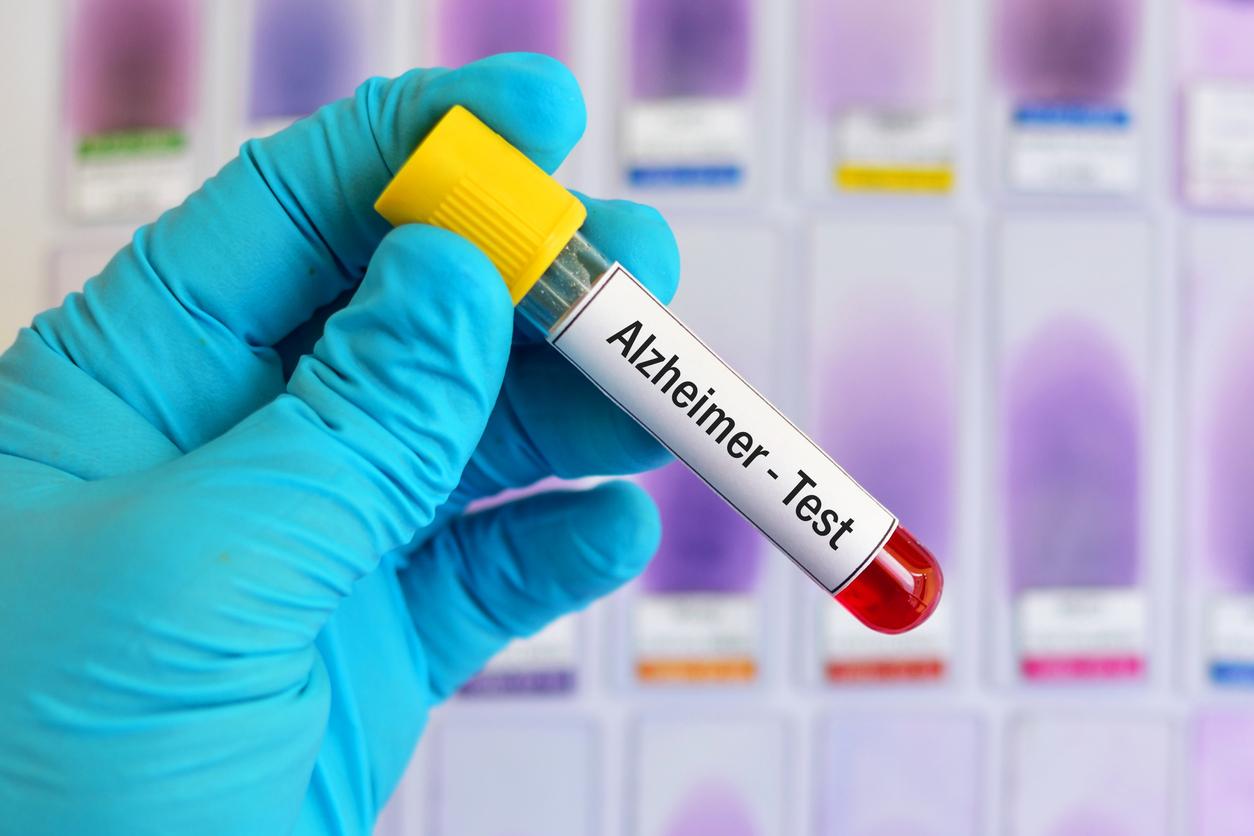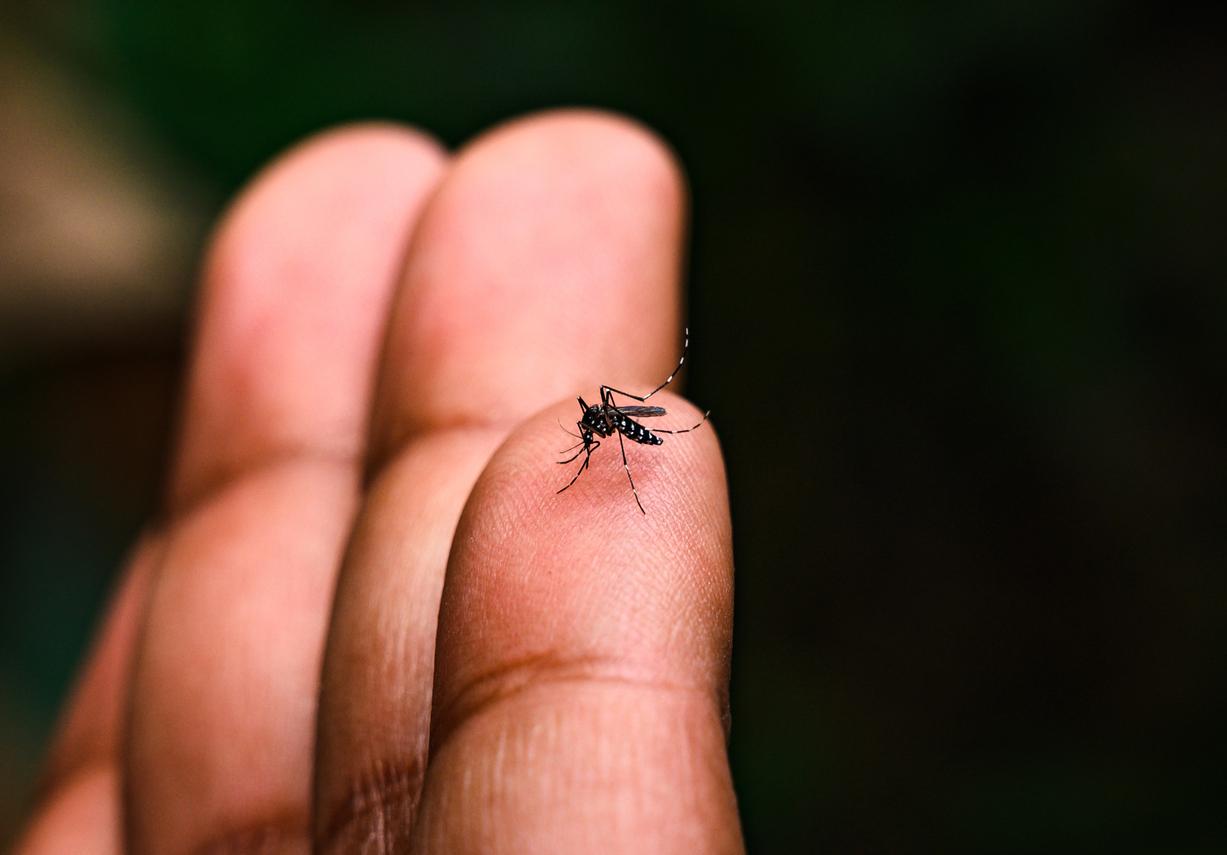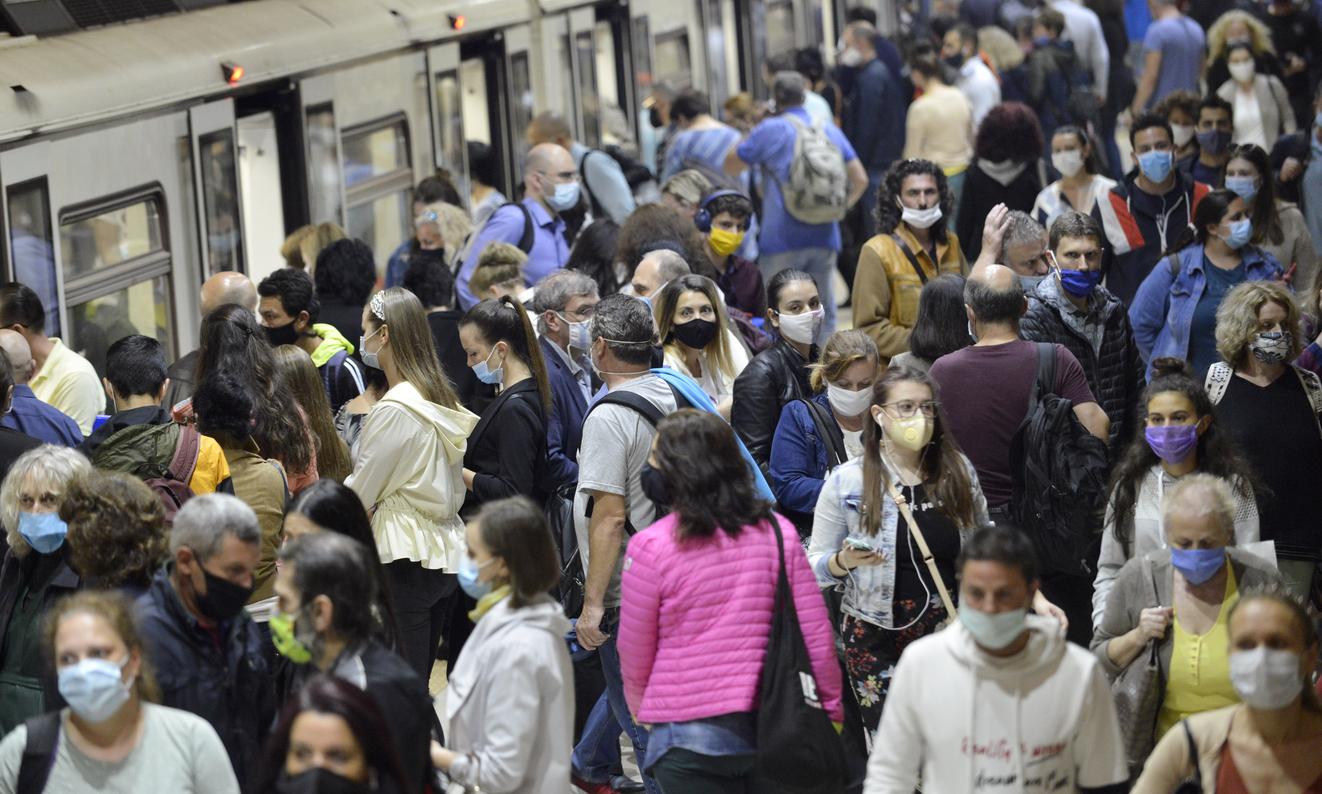The prioritization of RT-PCR tests for people with symptoms, contact cases and caregivers has been recorded. But other measures are being studied to improve screening and limit the spread of Covid-19 in France.
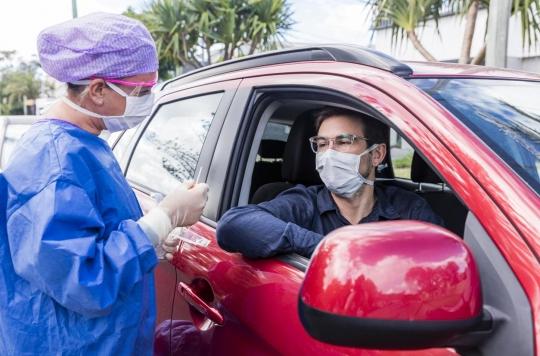
People with symptoms of Covid-19, contact cases and healthcare staff will now be able to get tested more quickly. This is the promise made by Jean Castex, the Prime Minister, this Friday, September 11. “For these priority people, we are going to strengthen the dedicated screening circuits, he assured. Thus, the laboratories will reserve certain time slots for them and we will make sure, where there is a need, and in particular in the big cities, to set up screening tents which will also be dedicated to them.“A way to continue to screen the population massively, while remedying the excessively long waiting times for people who urgently need to take an RT-PCR test. An individual carrying the virus is more contagious a few days before and after the start of his symptoms… Hence the need to go faster. The government has therefore chosen this strategy. But scientists are working on other means to improve mass screening for Covid-19 in France. If validated, they could be put in place and slow the resurgence of cases.
Not limited to RT-PCR tests
The reference test is RT-PCR. “Today, RT-PCR tests that are carried out under good conditions are reliable,” affirmed Jérôme Salomon, the Director General of Health, last May. This act is carried out by a healthcare professional who inserts a swab – a kind of large cotton swab – into the nose of a patient to take a sample from their nasal tampons. The result indicates whether a person is infected with the virus at the time they take the test. In France, all citizens can do it, free of charge and without a prescription. But other tests are being studied: rapid antigens and saliva tests. The first also makes it possible to detect the presence of the virus in the body at the time it is carried out. It is said to be fast because it can be done in 15 to 30 minutes, including the result. The sample, also taken with a swab, is mixed with a reagent which gives an almost immediate result. The downside of this test, which currently makes it unusable, is that it is less reliable than RT-PCR. As for the other, the saliva test, it could deliver a result in less than an hour. But, same problem, the scientific community has not yet established the degree of safety of this one.
Better distribute the tests by region
To better meet testing needs by region, some researchers are proposing to distribute them geographically, based on real-time demands. Thus, the tests would be routed to the areas that need to be screened most urgently, especially in the event of clusters. Still on the screening side, other scientists are working on the idea of carrying out tests in wastewater. Thus, it would be possible to detect traces of the virus directly in the stools of a population, in the water of the toilets. This technique would have two advantages. The first is that, through calculations and models based on these results, researchers could estimate the circulation of the virus in a region. The second would be to make it possible to envisage the evolution of the epidemic because the peak of wastewater would precede that of RT-PCR tests.
Reverse tracing to trace the chain of contamination
During deconfinement, the government opted for contact tracing. This is to test and isolate all people who have been in contact with an individual positive for Covid-19. But some epidemiologists suggest reversing the strategy and finding the person who is at the origin of the chain of contamination. According to several studies, from one individual to another, the contamination is not the same. Some are positive and massively transmit the virus, while others only infect a small part of those around them. By applying a reverse strategy, it would be possible to find clusters or patients who spread the virus more. The studies that defend this theory are not yet scientifically validated. Nevertheless, like the other solutions under development, it could soon become an additional means of stemming the epidemic.
.







